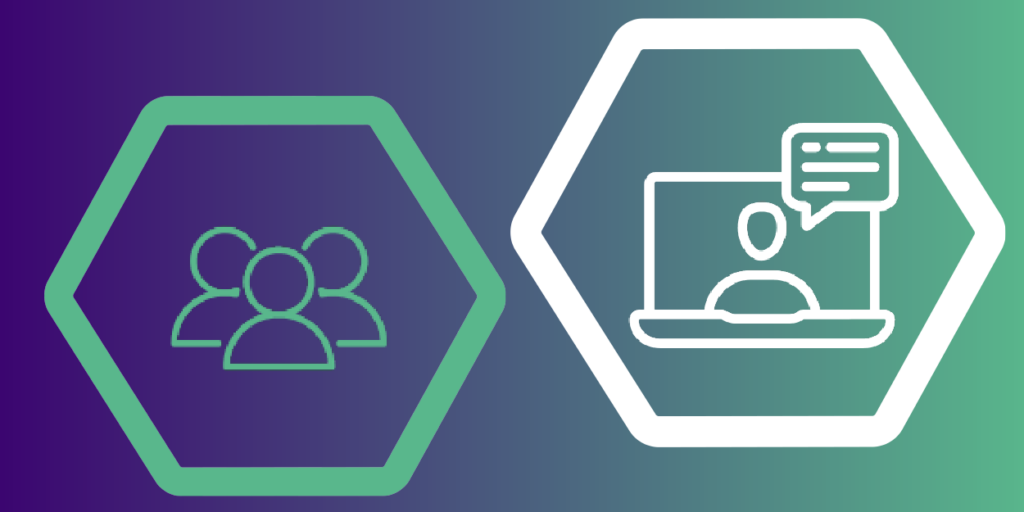
JUNE 2024
What’s Hot in HIT
As the mercury soars this summer, we’re turning our attention to the burning issues in Health Information Technology (HIT). We’re delving into the latest developments in Fast Healthcare Interoperability Resources (FHIR), the blazing necessity of cybersecurity, updates on the Change Healthcare breach, and upcoming events and webinars.
Follow us on LinkedIn for weekly posts and updates!
Spotlight

Unlocking the Potential of FHIR
HL7® FHIR® (Fast Healthcare Interoperability Resources) represents a paradigm shift in healthcare data exchange. In our most recent blog post, Ryan McLelland (Chief Technology Officer at UHIN) provides a thought-provoking look at the benefits of FHIR, the myths around it, and a strategic approach to implementing this powerful catalyst for innovation in healthcare.
HIT News

Staying Safe
Maintaining a strong security posture is critical for protecting personal health information (PHI) and other data. Good practices include establishing interoperability, resiliency and redundancy across your network. As ransomware attacks continue to climb in the US, you need to cover your network to make sure you don’t get burned.
We continue to monitor and share updates about the Change Healthcare (CHC) breach on our News & Updates page. You can also sign up to receive Status updates via email, Slack, text, and other preferred methods whenever UHIN creates, updates or resolves an incident, including information about the CHC breach.
HIT News

Update on CHC Breach
We recently shared an update on our ongoing efforts to minimize disruption caused by the cybersecurity event at Change Healthcare (CHC), with a specific focus on Electronic Remittance Advice (ERA) delivery (835 files).
Events

Coming Up in July and Beyond
July is National Minority Mental Health Awareness Month. We’ll share info, inspiration, and resources for mental health on our social media.
We will be closed for Independence Day on Thursday, July 4, 2024.
Upcoming Conferences:September 13: Utah Medical Association (UMA) annual House of Delegates in Midvale, UT
October 15-17: Civitas Annual Conference in Detroit, MI
Trainings and Webinars

Upcoming Online Trainings and Webinars
In July, we’re starting our virtual Payer Panel series where you can ask questions and get answers from health plan representatives.
Later this year, we’ll host training sessions on the new CHIE platform, specifically for portal users.
Wrapping Up
Get Your Claims Flowing
We continue to support Providers affected by the CHC breach by working with payers to expedite Provider enrollment. Once enrolled, Providers can use our solutions to create and send professional and institutional claims via SFTP, file tool or online hand-entry, check claims status, manage denials and rejections, and search, view, and download payment information. Click below to learn more and get your claims flowing again!


